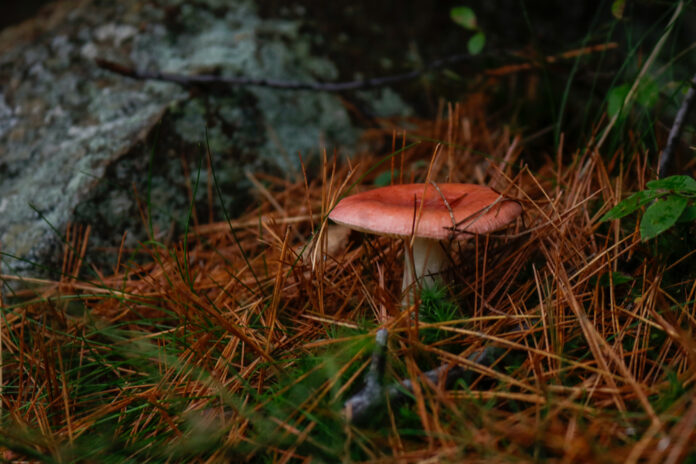Can you name and describe your favourite animal, either from adulthood or childhood? How about for plants? Do you have a favourite?
Surprisingly, or not, many people seem to picture animals more clearly than plants.
From majestic sugar maple trees awash in orange during autumn to the tiny but resilient wildflowers that find refuge in sidewalk cracks, plants are the source of all life in our ecosystems.
Plants feed us, create oxygen, save us billions of dollars in water management infrastructure, and are essential to our physical, emotional, and mental well-being. As stated in a BBC article, “More than 28,000 plant species are used medicinally, including plant-derived anti-cancer drugs and blood thinners.”
What is plant blindness and why is it important?
Plants are all around us, although we don’t always distinctly notice them there.
In 1998, our lacking ability to distinguish and appreciate plants was coined “plant blindness” by Elisabeth Schussler and James Wandersee, two American botanists and biology educators. Now, over two decades later, support for plant conservation still falls significantly shorter than animal conservation projects. Studies show that we are less likely to recall, detect, and care about plants compared to animals because plants blend together visually and lack movement, emotion, and a spotlight in formal biological education.
At post-secondary institutions across the United Kingdom, nine undergraduate programs were identified as specializing in botany or plant science, while 53 institutions offered zoology and animal biology programs. In the United States, although plants composed 57 per cent of the species on the federal endangered species list, they only received less than 3.86 per cent of government endangered species funding in 2011.
Indeed, plants are less like humans. However, thanks to a symbiotic relationship with mycorrhizal fungi, trees can talk to each other, pass on nutrients to younger trees, and defend themselves from diseases.
As it turns out, noticing and then caring about plants has significant implications for sustainability. Reconnecting with nature and fostering emotional connections with it opens our field of view and allows us to take the first step in tackling our global environmental crisis.
What can you do?
Luckily, if you want to address your plant blindness, technology can help. To brush up on your plant identification, iNaturalist and Seek are effective and popular free apps that can instantaneously identify plant species or categories with a single snap of a photo.
Also, take a walk with family, go on a hike with friends. See what you can learn simply by acknowledging and observing our leafy green neighbours.
Instead of turning a blind eye when it comes to plants, get out in nature to see the leaves painted in vibrant colours, hear them whisper and crackle beneath your feet. Go explore the plants that lay beyond your doorstep before autumn turns over a new leaf and 2021 eventually comes to an end.































